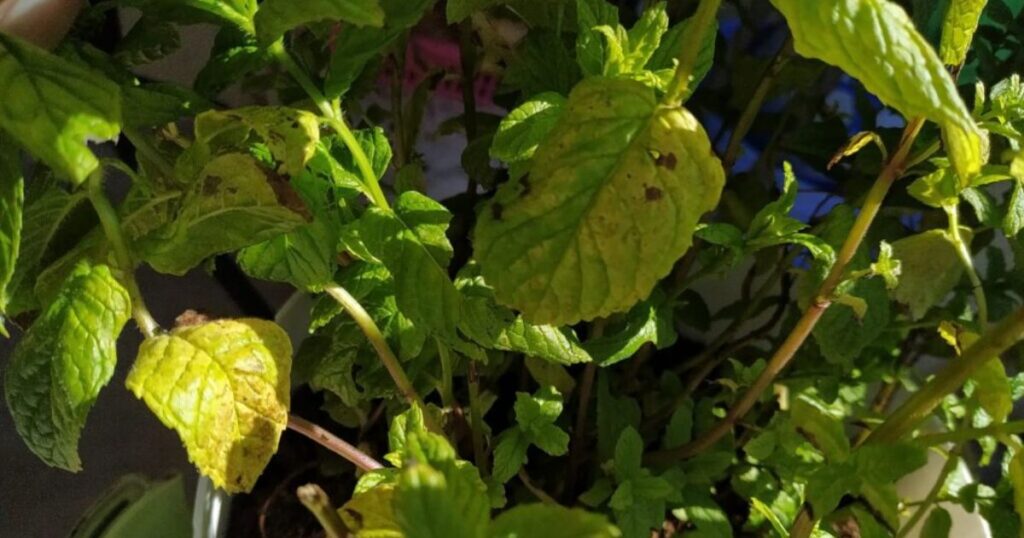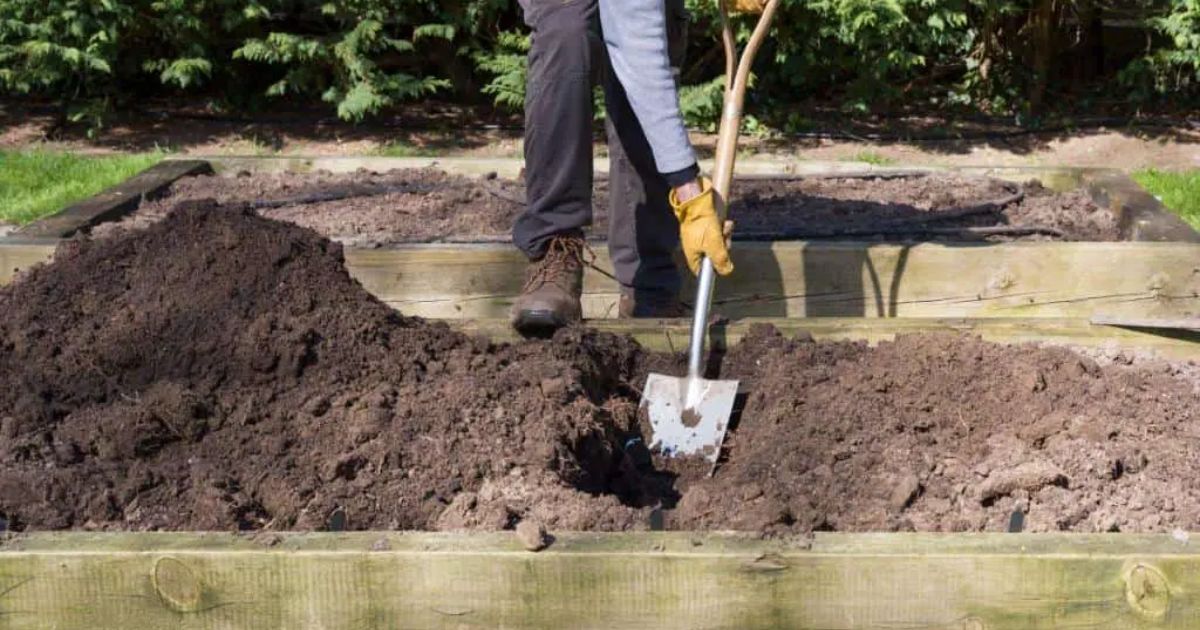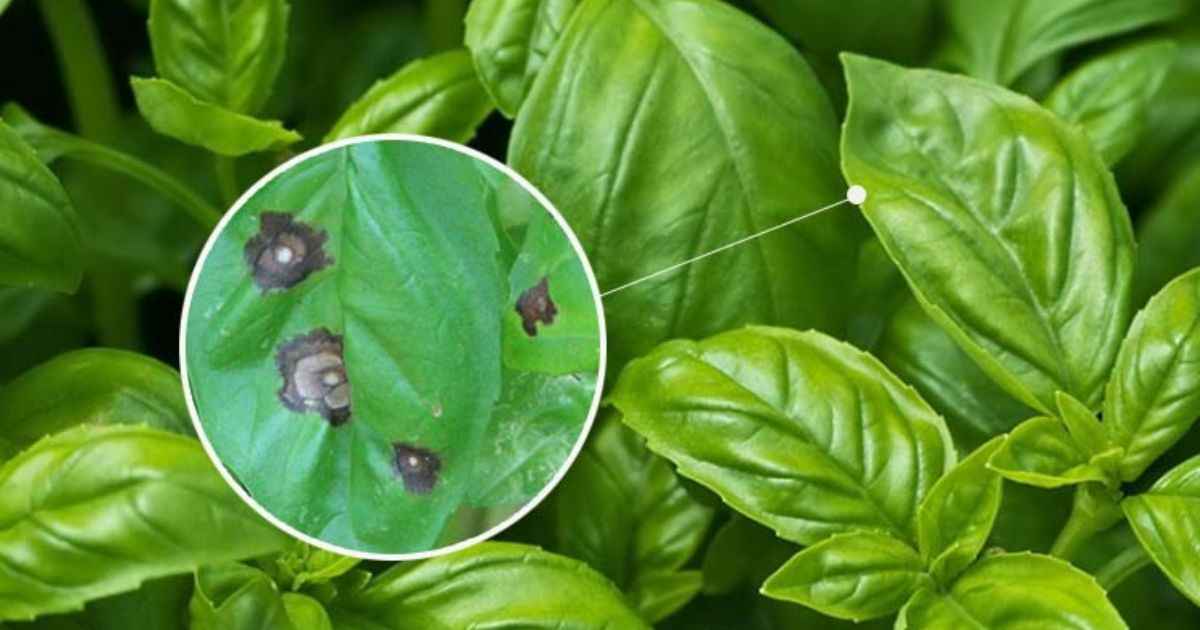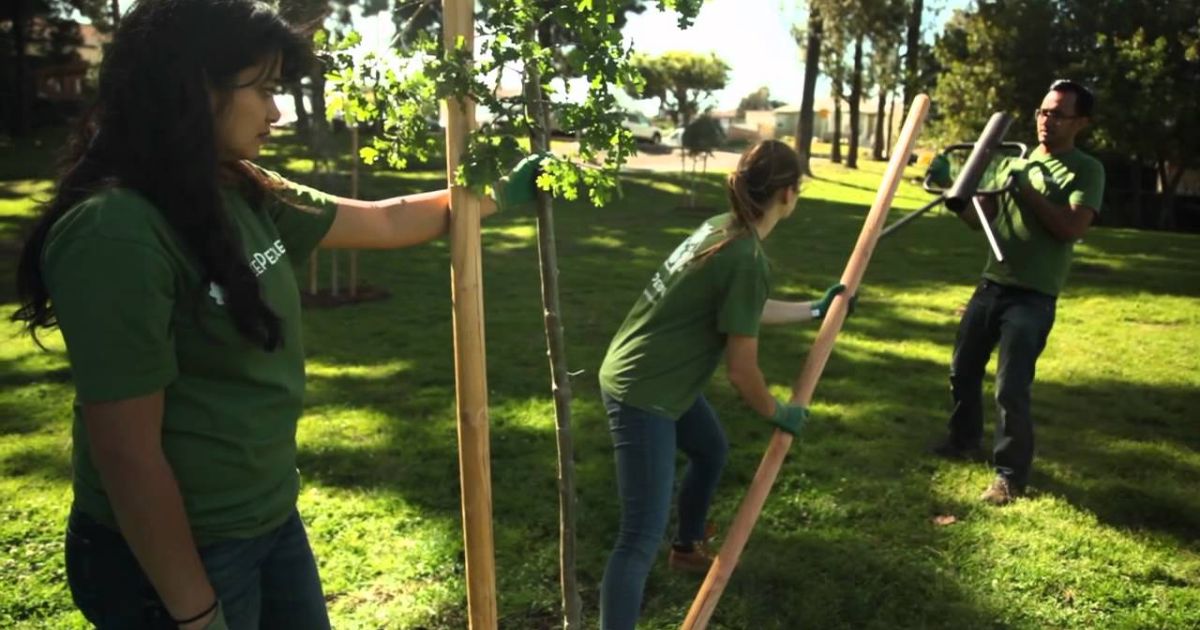Mint is one of the most popular and versatile herbs grown in home gardens and pots. Known for its refreshing aroma and cooling flavour, it’s used in teas, desserts, and countless recipes. However, even this hardy plant can face issues, one of the most common being brown spots on its leaves.
These unsightly blemishes are more than just cosmetic; they can signal underlying problems such as fungal or bacterial infections, pest infestations, or environmental stress. Identifying the root cause early is key to saving your mint plant and ensuring it continues to thrive.In this guide, we’ll explore the common causes of brown spots on mint leaves, how to diagnose the problem accurately, and the best treatment and prevention methods to restore your mint to full health.
Understanding Brown Spots on Mint Leaves
Brown spots on mint leaves can appear in many shapes and sizes, sometimes as tiny specks, other times as large discoloured patches that spread across the foliage. While they may seem like a minor issue at first, these spots are usually an early warning sign that something is wrong with your plant’s growing conditions or health.
In most cases, brown spots indicate stress or infection. This stress might come from overwatering, poor drainage, direct sunlight burns, or nutrient imbalances. On the other hand, mint fungus treatment diseases caused by fungi or bacteria can quickly spread if left untreated.
When you notice brown patches, 5 Causes of Orange Spots on Pear Tree Leaves pay attention to the appearance and texture of the spots. For example:
- Dry, powdery, or rusty spots may point to fungal problems.
- Wet or greasy patches could signal bacterial infections.
- Speckled or tiny holes often suggest pest damage.
By carefully observing the spots’ colour, size, and spread pattern, you can narrow down the possible causes. This understanding is the first step toward diagnosing the exact issue and taking effective action to protect your mint plant.
Uses of Brown Spots on Mint Leaves
Brown spots on mint leaves can stem from several different issues, ranging from fungal and bacterial infections to pest attacks and environmental stress. Understanding each cause helps you take the right action and prevent further damage.mint diseases pictures
Fungal Diseases
Fungal infections are among the most frequent culprits behind brown spots on mint. They spread quickly through moisture on leaves and thrive in warm, humid conditions.
- Mint rust (Puccinia menthae) appears as tiny pustules on the undersides of leaves that can be orange, yellow, or brown. Infected leaves often dry up and fall off.
- Leaf spot disease: Creates irregular brown or black patches, usually surrounded by a yellow halo.
- Powdery mildew: Although it appears more white or grey, it can later lead to brown discolouration as the tissue dies.
Cause: Overwatering, poor air circulation, and overcrowded plants.
Solution: Remove affected leaves, improve air flow, and use organic fungicides like neem oil or baking soda spray 2. Bacterial Leaf Spot
Bacterial infections often appear as water-soaked, greasy-looking brown patches that start small and enlarge over time. They can spread quickly through contaminated water or garden tools.
Cause: Excess moisture, splashing water on leaves, and poor sanitation.
Solution: Avoid overhead watering, prune infected leaves, and disinfect tools regularly. Copper-based bactericides can help control severe cases.
Pest Damage
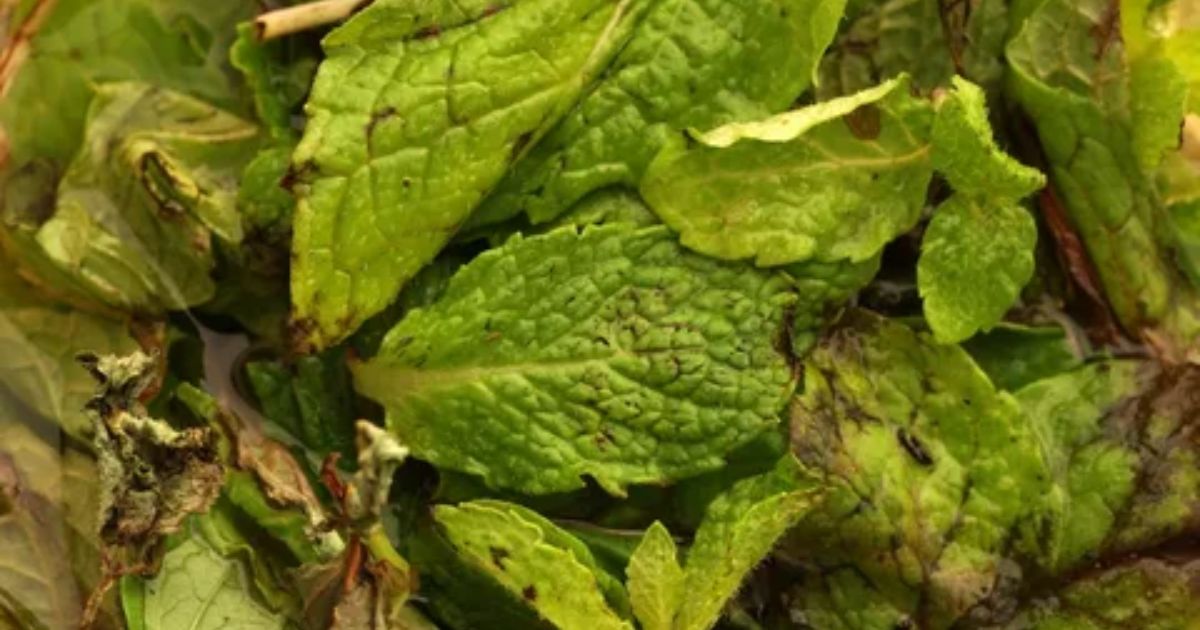
Tiny pests such as aphids, spider mites, or thrips can suck the sap from mint leaves, leaving behind brown or yellow speckles. If left untreated, they can weaken the entire plant.
- Aphids: Usually gather on leaf undersides and stems.
- Spider mites: Leave fine webbing and stippled brown spots.
- Thrips: Cause silvery streaks and brown patches.
Cause: Warm, dry conditions that favour pest multiplication.
Solution: Mist the plant with a blend of water and water, or wash off pests using mild soapy water.
Environmental Stress
Sometimes, brown spots are not caused by disease or pests but by unfavourable growing conditions.
- Sun scorch: Overexposure to strong sunlight can burn the leaves.
- Water stress: Both overwatering and underwatering cause discolouration.
Solution: Keep your mint in partial sunlight, ensure proper drainage, and fertilise occasionally with organic compost or liquid feed.
By identifying which of these factors is affecting your mint, How to Fix Cherry Tree Leaves Turning Brown you can take the proper corrective measures and restore your plant’s vibrant green appearance.
How to Diagnose the Exact Cause
Before treating brown spots on mint leaves, it’s crucial to diagnose the problem accurately. Different causes, fungal, bacterial, pest-related, or environmental, can look quite similar at first glance. A step-by-step examination helps pinpoint the real issue and ensures you apply the correct remedy.
Examine the Appearance of the Spots
Start by taking a close look at the colour, shape, and texture of the brown spots.
- Rust-colored, powdery, or raised spots usually suggest a fungal disease such as mint rust.
- Greasy, water-soaked, or blackened patches are often signs of a bacterial infection.
- Tiny, irregular speckles or holes may indicate insect feeding damage.
- Dry, crisp, or sunburned areas typically point to environmental stress.
Taking note of these visual details can help you narrow down the cause quickly.
Check the Undersides of the Leaves
Many plant pests and fungi hide beneath the leaves. What Are Basil Black Spots and How Can You Eliminate Them? Flip over a few affected leaves and look closely.
- Orange or brown pustules = fungal rust.
- Tiny moving dots or webbing = spider mites.
- Sticky residue (honeydew) = aphids or whiteflies.
Use a magnifying glass if needed; pests can be nearly invisible to the naked eye.
Inspect the Growing Environment
The plant’s surroundings can reveal a lot about its health.
- Is the soil soggy or compacted? → Overwatering and poor drainage can cause fungal root issues.
- Is the plant sitting in full sun all day? → Sun scorch may be the culprit.
- Are multiple plants crowded together? → Poor air circulation encourages fungal spread.
Review Your Watering and Care Routine
Reflect on your recent plant care habits:
- Have you been watering from above instead of at the soil level?
- Has the weather been unusually humid or hot?
- Did you recently add fertiliser or move the plant to a new spot?
Even small changes can stress mint plants and trigger leaf problems.
Isolate and Observe the Affected Plant
If you’re growing multiple herbs, isolate the affected mint to prevent the issue from spreading. Watch it closely for a few days:
- If the spots spread rapidly, How to Treat Camellia Black Spots on Leaves it’s likely a fungal or bacterial infection.
- If they stay limited or fade, the problem may be environmental.
When to Seek Expert Help
If you’ve tried identifying the issue but still can’t determine the cause, consider taking a leaf sample to a local plant nursery, agricultural extension office, or online plant diagnostic service. They can examine it under a microscope and provide an accurate diagnosis.
By following these diagnostic steps, you’ll better understand what’s harming your mint and can move forward with the most effective treatment, saving your plant before the damage worsens.
Treatment and Prevention Methods
Once you’ve identified what’s causing brown spots on your mint leaves, the next step is to treat the problem effectively and make sure it doesn’t return. The good news is that most cases can be managed with a mix of natural remedies, proper plant care, and preventive habits.
Natural Remedies
If the issue is mild or caught early, natural treatments can often restore your mint plant without the need for harsh chemicals.
Neem Oil Spray:
Neem oil has antifungal and anti-insect properties. Combine one litre of water, a few drops of mild soap, and one teaspoon of neem oil. Until the spots go away, mist the leaves on both sides with the solution every few days.
Remove Affected Leaves:
Always prune away leaves with severe brown spots. This stops the spread of infection and helps new, healthy growth emerge.
Chemical Treatments (If Necessary)
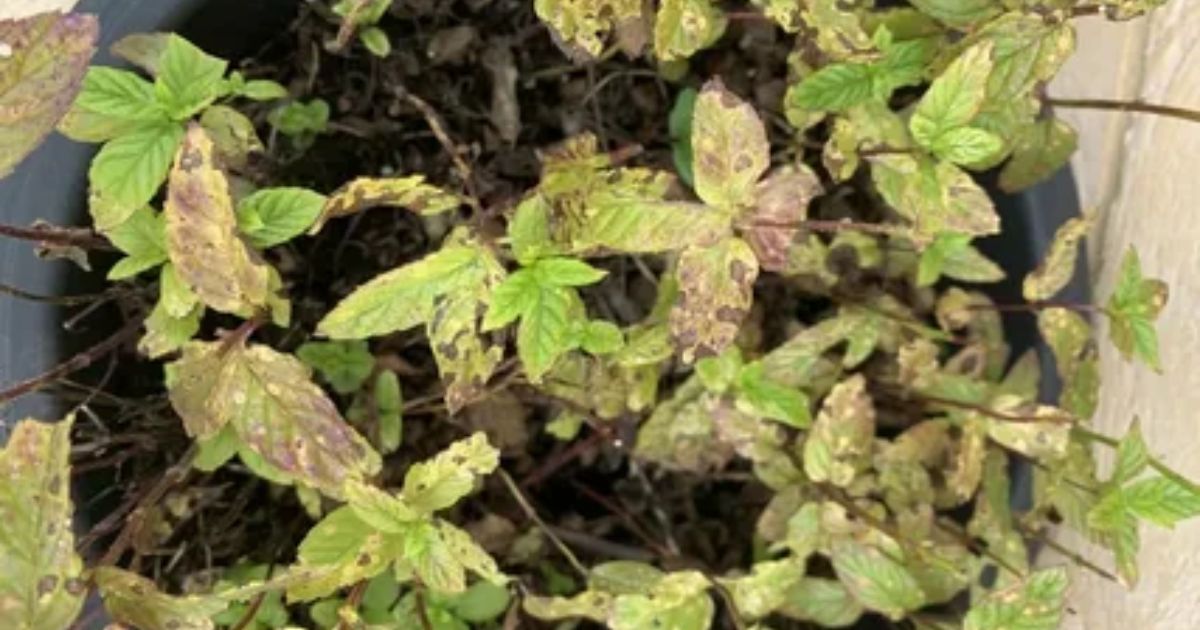
For persistent or severe infections, you may need stronger interventions.
Fungicides:
Use a garden-safe fungicide containing copper or sulfur for fungal diseases like rust or leaf spot. Apply according to label directions and avoid using it right before harvesting.
Bactericides:
Copper-based bactericides can control bacterial leaf spot if natural treatments don’t work. Always apply in the early morning or late afternoon to prevent leaf burn.
Tip: Try natural options first, and resort to chemicals only when absolutely necessary.
Improving Growing Conditions
Healthy mint plants are naturally more resistant to disease. Focus on creating an ideal environment:
Good Drainage: Use well-draining soil and pots with drainage holes.
Adequate Spacing: Avoid overcrowding. How to Identify Bumps on Tomato Plant Stem Give plants room to breathe and ensure good air circulation.
Cleanliness: Disinfect garden tools and pots regularly to stop disease transmission.
Preventive Care Tips
Prevention is always better than a cure. Here’s how to keep your mint plants spot-free in the long run:
Inspect Plants Regularly: Check leaves weekly for early signs of spots or pests.
Rotate Crops: If growing mint in a garden bed, rotate it with other herbs or vegetables yearly to prevent soil-borne diseases.
Use Organic Compost: Strengthens the soil and boosts plant immunity.
Avoid Excess Fertiliser: Too much nitrogen encourages soft growth that attracts pests and fungi.
Prune Frequently: Regular trimming promotes airflow and reduces humidity around leaves.
By combining these treatments and prevention methods, mint rust treatment you can stop brown spots in their tracks and keep your mint plants lush, green, and flavorful all season long.
Why Does My Mint Plant Have Brown Spots?
Brown spots on your mint plant usually indicate a problem affecting its health. The most common causes include fungal infections, such as mint rust or leaf spot, which thrive in warm, humid, or overwatered conditions. Bacterial infections can also create water-soaked or greasy brown patches, often spreading quickly if not addressed. Pests like aphids, spider mites, or thrips can damage leaves by sucking sap, leaving behind tiny brown or yellow specks. Environmental stress, including sunburn, uneven watering, or nutrient deficiencies, can also cause leaves to develop brown patches. Identifying the exact cause by examining the leaf spots, checking the undersides for pests, black spots on mint leaves safe to eat and reviewing watering and sunlight practices is essential. Early action, such as removing affected leaves, adjusting care routines, and using natural treatments like neem oil or baking soda spray, can help restore your mint to healthy, vibrant growth while preventing further damage.
When to Replace Your Mint Plant
Even with the best care, sometimes a mint plant becomes too damaged to recover. Knowing when to replace it is essential not only to save time and effort but also to protect your other herbs and plants from potential infection.
When the Infection Is Widespread
If brown spots cover most of the leaves, and even new growth appears discoloured or wilted, your mint plant is likely beyond saving. Severe fungal or bacterial infections can spread deep into the stems and roots, making treatment ineffective. In such cases, it’s best to remove the plant entirely to prevent the disease from spreading to nearby herbs.
When the Plant Has Persistent Root or Stem Rot
If the plant base feels soft, mushy, or smells foul, it’s a clear sign of root rot, usually caused by overwatering or poor drainage. Unfortunately, once root rot sets in, recovery is complicated. Replacing the plant and improving the soil’s drainage will help prevent future issues.
When Growth Is Stunted and Leaves Keep Browning
If your mint produces small, weak, or misshapen leaves even after treatment, it may be struggling from long-term stress or nutrient depletion. In this case, it’s often more effective to start fresh with new soil and a healthy cutting.
When Pests Keep Returning
Some pests, like spider mites or aphids, can hide in the soil or under stems, making complete removal nearly impossible. If you’ve tried multiple pest control methods but the problem persists, mint leaves turning brown and crispy better to discard the infested plant and soil to break the pest cycle.
Safe Disposal of Infected Plants
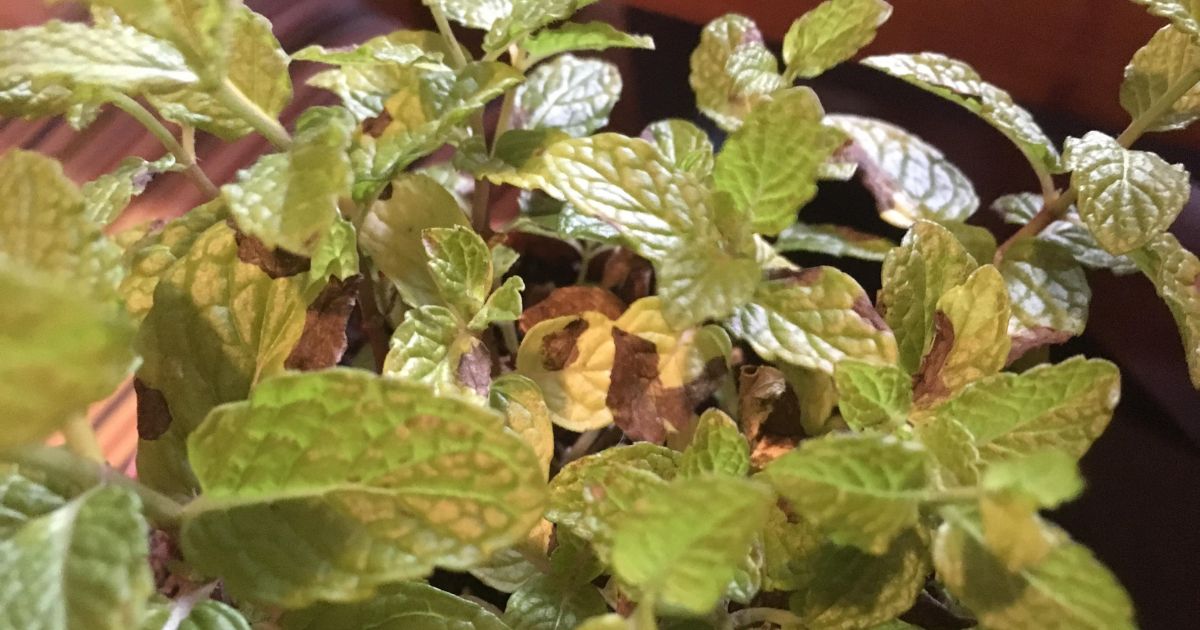
Never compost infected or pest-infested mint plants, as this can spread diseases to other garden areas. Instead, seal the plant and soil in a bag and dispose of it with household waste.
Once you’ve removed the old plant:
- Use fresh, sterile potting mix and a clean container.
- Plant a new, healthy mint cutting or nursery plant.
- Please place it in bright, indirect sunlight and water moderately.
- Add a bit of organic compost to enrich the new soil.
Replacing your mint plant may feel disappointing, but it’s often the best way to restore your herb garden’s health. yellow spots on mint leaves safe to eat With clean soil, good drainage, and regular monitoring, your new mint will grow stronger, greener, and more resistant to brown spots in the future.
Conclusion
Brown spots on mint leaves may seem alarming, but they’re often a sign that your plant requires a little more attention and care. By taking the time to observe the symptoms closely, you can quickly identify whether the issue stems from fungi, bacteria, pests, or environmental stress.The key to success lies in early action and consistent maintenance. Remove affected leaves promptly, apply natural remedies like neem oil or baking soda spray, and adjust watering and sunlight conditions to keep your mint healthy.
With proper air circulation, clean soil, and regular pruning, you can prevent future outbreaks and maintain lush, fragrant growth year-round.Remember, a thriving mint plant not only looks beautiful but also adds freshness and flavour to your kitchen. A little care today will ensure your mint stays vibrant, green, and full of life for seasons to come.
FAQ
Are brown spots on mint leaves safe to eat?
If the brown spots are caused by mild sunburn or minor environmental stress, the leaves are generally safe to eat, though they may taste slightly bitter. However, if the spots result from fungal or bacterial infections, it’s best to discard the affected leaves to avoid any potential health risks.
Can overwatering cause brown spots on mint leaves?
Yes. Overwatering creates soggy soil conditions that encourage fungal growth, leading to brown or black leaf spots. To prevent this, water only your mint. Make sure your pot has enough water when the top inch of soil feels dry. Proper drainage holes.
Should I prune mint leaves with brown spots?
Absolutely. Pruning inhibits the spread of disease and encourages new, healthy leaves to grow. Always use sterilised scissors or shears, and dispose of the removed leaves away from your garden or compost pile.
How can I prevent brown spots from coming back?
Keep your mint plant in a well-ventilated area with partial sunlight, water at the base instead of from above, and avoid overcrowding. Regularly inspect your plant for early signs of pests or discolouration to stop problems before they spread.
Can pests cause brown spots on mint leaves?
Indeed. Common pests, including thrips, spider mites, and aphids, feed on the sap of mint leaves, leaving behind brown or yellow dots. To preserve your plant, treat infestations as soon as possible with insecticidal soap or neem oil.

